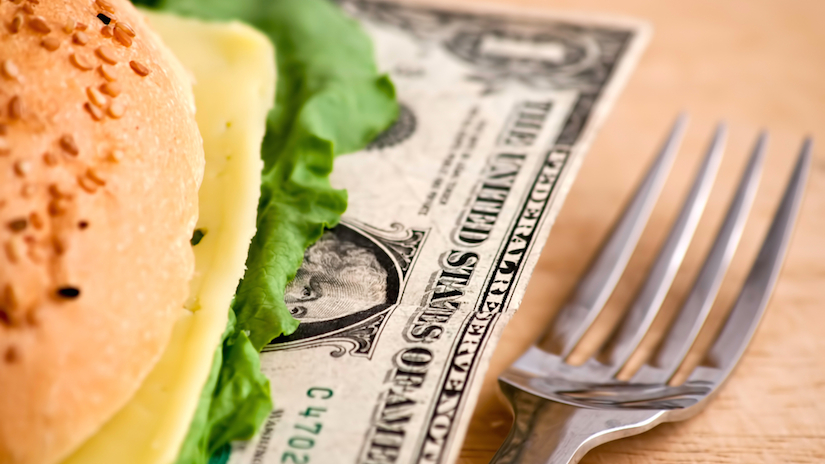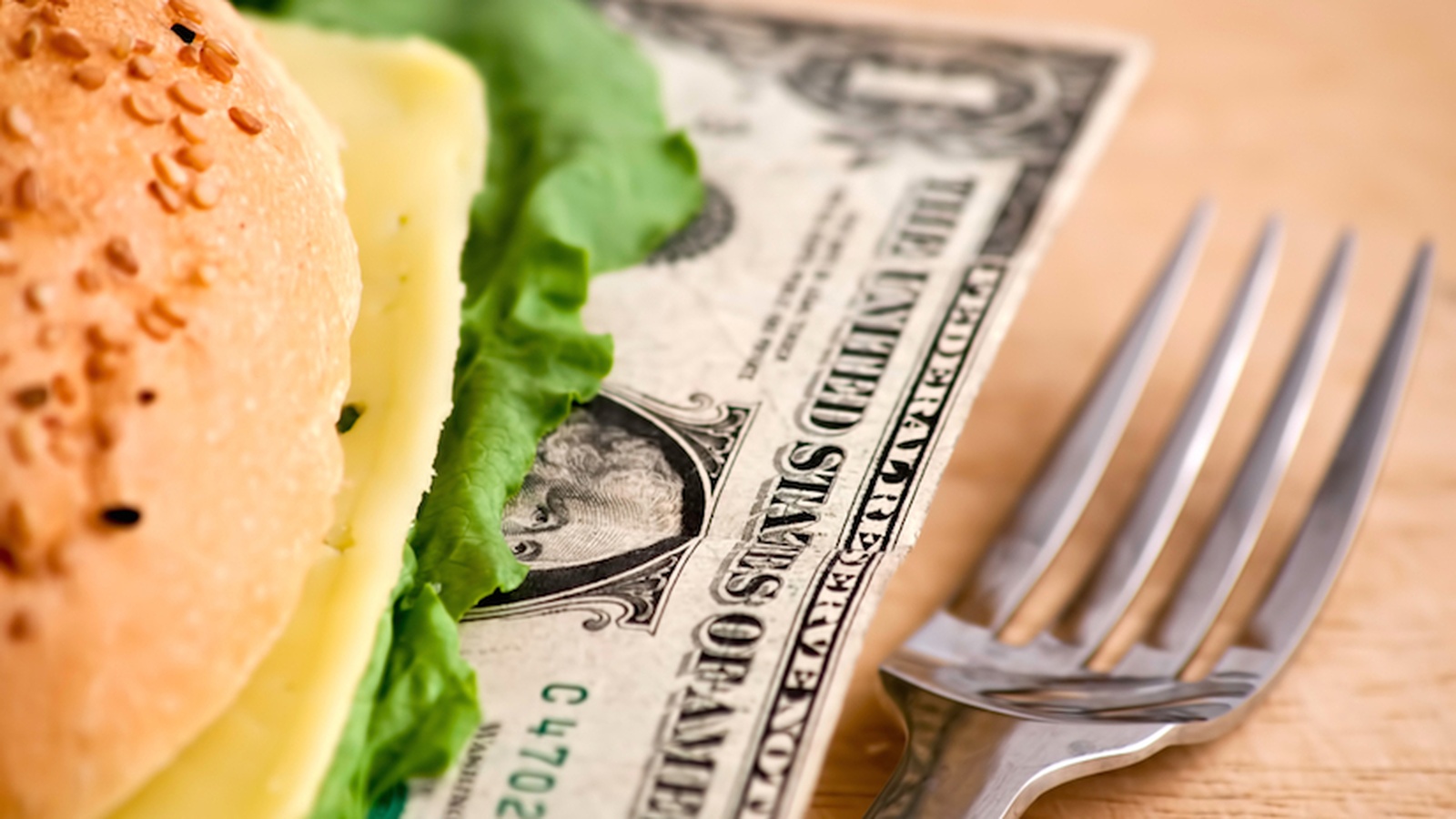Still A Fast-Food Nation: Reflecting On 10 Years Later

More than a decade has passed since Fast Food Nation was published, and I’d love to report that the book is out of date, that the many problems it describes have been solved, and that the Golden Arches are now the symbol of a fallen empire, like the pyramids at Giza. Sadly, that is not the case. Every day about 65 million people eat at a McDonald’s restaurant somewhere in the world, more than ever before. The annual revenues of America’s fast-food industry, adjusted for inflation, have risen by about 20 percent since 2001. The number of fast-food ads aimed at American children has greatly increased as well. The typical preschooler now sees about three fast-food ads on television every day. The typical teenager sees about five. The endless barrage of ads, toys, contests, and marketing gimmicks has fueled not only fast-food sales, but also a wide range of diet-related illnesses. About two thirds of the adults in the United States are obese or overweight. The obesity rate among preschoolers has doubled in the past 30 years. The rate among children aged 6 to 11 has tripled. And by some odd coincidence, the annual cost of the nation’s obesity epidemic—about $168 billion, as calculated by researchers at Emory University—is the same as the amount of money Americans spent on fast food in 2011.
Throughout both terms of President George W. Bush’s administration, every effort to reform the nation’s food-safety system was blocked by the White House and by Republicans in Congress. During the summer of 2002, ground beef from the ConAgra slaughterhouse in Greeley, Colo., was linked to an outbreak of E. coli O157:H7. The outbreak killed one person and sickened at least 46.
ConAgra voluntarily recalled almost 19 million pounds of potentially contaminated meat, less than a month’s worth of production at Greeley. An investigation by the U.S. Department of Agriculture’s Office of the Inspector General subsequently found that the plant had been shipping beef tainted with E. coli O157:H7 for nearly two years. The Greeley recall later seemed minuscule compared to that of the Westland/Hallmark Meat Co. In 2008 Westland/Hallmark agreed to recall 143 million pounds of potentially contaminated ground beef after an undercover video showed downer cows being dragged by forklift into a slaughterhouse. More than one fourth of the recalled meat had been purchased to make tacos, chili, and hamburgers for federal school-lunch and nutrition programs. As of this writing, the USDA still lacks the authority to test widely for dangerous pathogens, to set enforceable limits on those pathogens, and to demand the recall of contaminated meat.
The industry-friendly policies of the Bush administration also reduced government oversight of worker safety. In 2002 the Occupational Safety and Health Administration changed the form that meatpacking companies must use to report injuries. The new form had no space to report musculoskeletal disorders caused by repetitive trauma—thereby preventing a whole category of serious injury from being counted. Instantly, as if by magic, the injury rate in meatpacking dropped by almost 50 percent. “Recordable safety incident rate in plants cut in half since 1996,” the American Meat Institute proudly announced in a press release, without ever mentioning that the decline was due to the change in record keeping. In a scathing report on the exploitation of American meatpacking workers, Human Rights Watch suggested that the AMI had deliberately chosen the year 1996, as a basis of comparison, to mislead the public. “A 50 percent drop in meat and poultry industry injury rates in a single year would be implausible,” the report noted, “but reaching back six years creates an impressive but fictitious improvement in plant safety.”
A few years later the AMI claimed that “recordable injuries” had actually fallen by 70 percent, thanks to the meatpacking industry’s concern for worker safety. The claim was made in an AMI pamphlet commemorating the 100th anniversary of The Jungle’s publication.
The title of the pamphlet—“If Upton Sinclair Were Alive Today ... He’d Be Amazed by the U.S. Meat Industry”—was perhaps its most accurate assertion. Sinclair would no doubt be amazed. He would be amazed by how little has fundamentally changed over the past century, by how poor immigrant workers are still routinely being injured, and by how the industry’s lies, no matter how brazen, are still said with a straight face.
Despite all the needless harm that continues to be done, much has changed for the better since 2001, when Fast Food Nation appeared in bookstores. Issues that were rarely discussed in the mainstream media—food safety, animal welfare, the obesity epidemic, the ethics of marketing junk food to children, the need for a new and sustainable agricultural system—have become inescapable. A food movement has arisen across the country, promoted by authors, activists, and filmmakers. Marion Nestle’s Food Politics (2002), Frances and Anna Lappé’s Hope’s Edge (2003), Matthew Scully’s Dominion (2003), Carlo Petrini’s Slow Food (2004), Deborah Koons Garcia’s The Future of Food (2004), Morgan Spurlock’s Super Size Me (2004), Franny Armstrong’s McLibel (2005), Michael Pollan’s The Omnivore’s Dilemma (2006), Aaron Woolf’s King Corn (2008), Raj Patel’s Stuffed and Starved (2008), Robby Kenner’s Food, Inc. (2008), Barry Estabrook’s Tomatoland (2011), the reporting of Tom Philpott, the essays of Corby Kummer and Mark Bittman, the many books of Wendell Berry and Alice Waters, Jamie Oliver’s televised Food Revolution—all of these works have combined to create a new food culture in the United States. That culture rejects highly processed foods, genetically modified foods, and the whole industrial approach to food production. It champions farmers’ markets, school gardens, healthy school lunches, and local and organic production. And it has caused a sea change in American attitudes toward food. A decade ago, the idea of an organic garden at the White House would have seemed inconceivable.
Throughout the United States, parents are working to kick fast food, junk food, and soda out of their children’s schools. The sale of fruit and vegetable seeds for home gardens is soaring. Idealistic college kids often dream of becoming chefs or farmers, instead of doctors and lawyers. The Food Network has turned cooking into a form of mass entertainment and transformed people who cook well into celebrities. The frozen, reheated, salty, fatty foods served at McDonald’s and Burger King and KFC are the antithesis of what this new movement wants. Even the National Restaurant Association, a corporate bastion of the old mindset, now acknowledges the change. Its 2011 “Restaurant Industry Forecast” says that today’s top menu trends are “local sourcing, sustainability, and nutrition.”
At the moment, the main problem with the food movement is how few Americans can enjoy its benefits. Although the amount of money spent on organic food has increased more than 20-fold since the early 1990s, it currently accounts for only 4 percent of the nation’s total spending on food. The annual revenue of McDonald’s Corp. are roughly equal to those of America’s entire organic-food industry. Organic food is more expensive. Families in which both parents work outside the home often don’t have the time to prepare meals from scratch. And more than 23 million low-income Americans now live in “food deserts” that lack supermarkets. As upper-middle-class and well-educated people increasingly reject fast food, the industry has responded much like the tobacco industry once did when that demographic group decided to quit smoking. The fast-food chains, like the tobacco companies, are now aggressively targeting African-Americans, Latinos, and the poor. America’s low-income communities now boast the highest proportion of fast-food restaurants—as well as the highest obesity rates and the highest rates of diabetes. Two vastly different food cultures now coexist in the United States. While some Americans eat free-range chicken and organic produce, exercise regularly, and improve their health, most are consuming inexpensive processed foods, drinking large amounts of soda, and reducing their life expectancy. The contrast between the thin, fit, and well-to-do and the illness-ridden, poor, and obese has no historical precedent. The wealthy used to be corpulent, while the poor starved.
Although the food movement originated among the well-educated upper middle class, it is now reaching out to those less fortunate. The Coalition of Immokalee Workers, an organization that campaigns on behalf of migrant farm workers in Florida, has persuaded the leading fast-food chains—after years of protests—to help raise the wages and improve the working conditions in the fields there. The Restaurant Opportunities Centers United is fighting against wage theft, racism, and the abuse of workers in the restaurant industry. The Edible Schoolyard Project and Slow Food USA are trying to bring healthy food to children in low-income communities. And Growing Power, a group led by Will Allen and based in Milwaukee, is demonstrating how agriculture can thrive in the inner city, turning urban food deserts into farms that produce healthy food.
There are inherent limits, however, on how much this thriving new movement can achieve. At a time when unemployment is high, 46 million Americans live below the poverty line, and the minimum wage remains almost 20 percent lower, adjusted for inflation, than it was 40 years ago, changes to America’s food system won’t be enough. In the previous chapter of this book, I argued that the 21st century would be marked by a struggle to curtail excessive corporate power. I believe that more strongly today than I did a decade ago. The Founding Fathers of the United States believed that absolute power corrupts absolutely. They believed in the need for competing centers of power. They created a system of government with checks and balances so that no branch of government would become despotic. And they were equally convinced that competition was essential in the economic sphere. If they were alive today, like Upton Sinclair they would be amazed by the monopolies and monopsonies that now dominate the American economy, by the corruption of government officials, and by the wide disparities in wealth. The food movement needs to become part of a larger movement with a broader vision—a movement that opposes unchecked corporate power, that demands not only healthy food but also a living wage and a safe workplace for every single American.
Fast Food Nation was my first book, and I had no idea whether anyone would care to read it. The views expressed in the book seemed completely out of step with the views of most people. I certainly didn’t expect that it would still be in print more than a decade later. Since the book was published, I’ve been strongly criticized by fast-food chains, meatpacking companies, and industry-front groups. The criticism has, for the most part, been quite personal. I’ve been called a communist and a socialist, a “dunce,” a “health fascist,” an “economics ignoramus,” a “banjo-strumming performer at Farm Aid,” a “hectoring nanny of the nanny state,” and much stronger epithets. Elementary school principals have been contacted and warned that I shouldn’t be allowed to visit classrooms or speak with schoolchildren. Extraordinary lies about me have been spread on the Internet. A number of my readings at bookstores and talks on college campuses have been disrupted by industry supporters. At times I’ve been accompanied at public appearances by police officers. And all of that has occurred because this book describes the business practices of companies that sell hamburgers.
Nevertheless, I’ve found the whole experience immensely rewarding. Over the years, I’ve done my best to help groups campaigning for food safety, child nutrition, worker rights, animal welfare, and sustainable agriculture, among other causes. It has felt good to get out of the office and into the world, to try and do things instead of simply writing about them. I’ve met countless people who are making a difference, whose self-sacrifice makes my work on behalf of change seem insignificant.
Everything that I’ve learned since Fast Food Nation was published has made me more, not less, optimistic about the possibilities for change. I believe, more than ever before, that nothing about our current food system was inevitable. And when things aren’t inevitable, that means things don’t have to be the way they are. I hope that 10 years from now this book really is irrelevant—and that the world it describes, so full of greed and lacking in compassion, is just a bad memory.
Discover how to eat your medicine to heal your gut, eliminate bloating, skin issues and hair loss as I share seven nutrition principles in this free masterclass. Running for a limited time only.

